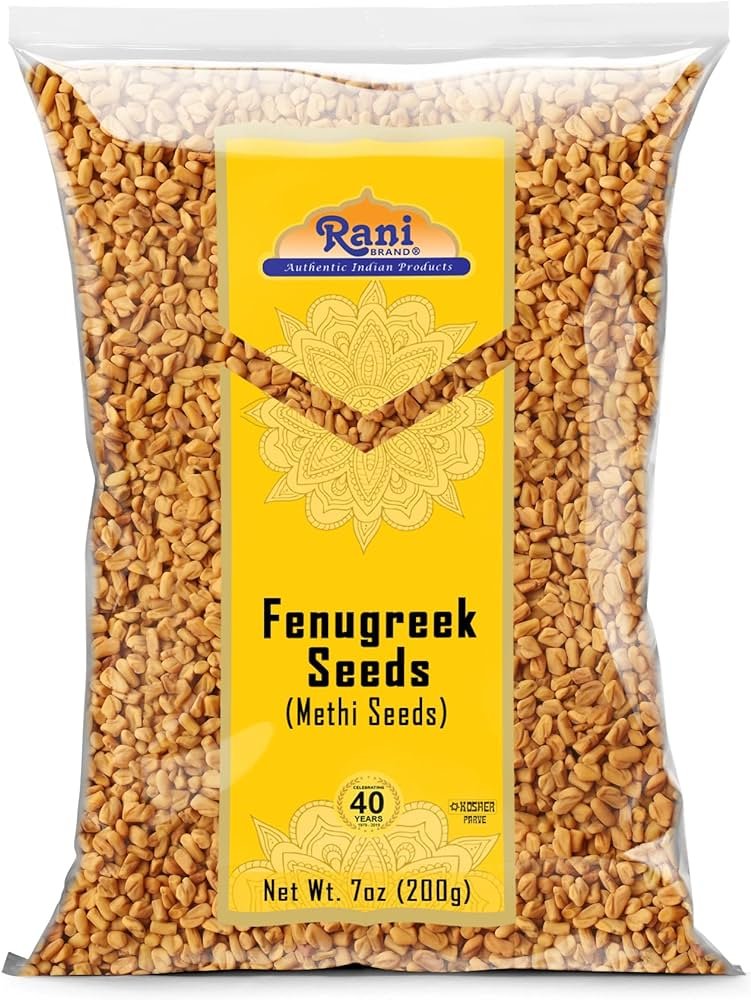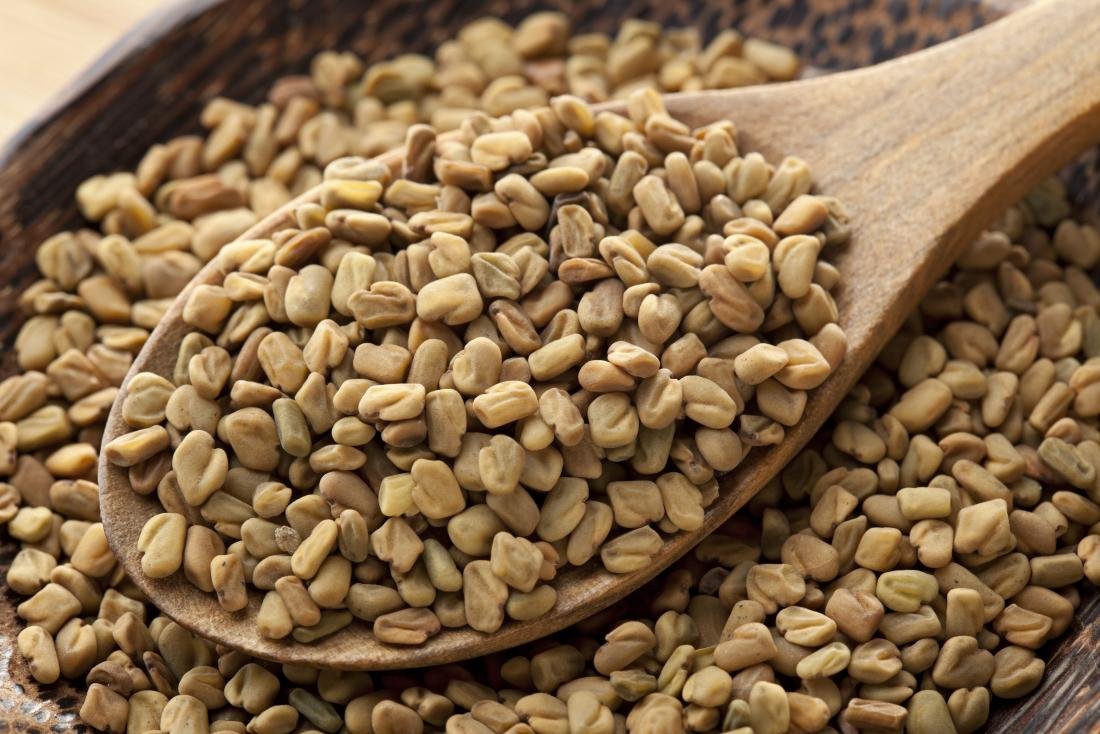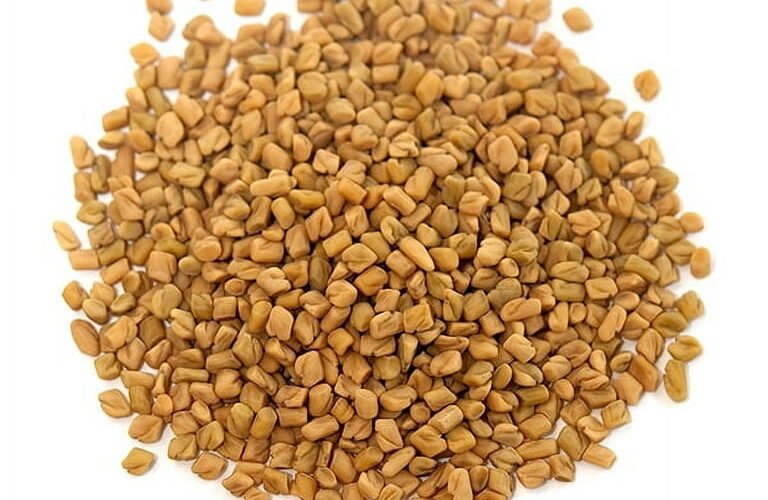What does Fenugreek taste like? It’s a question I’ve found myself pondering before diving into many a recipe. As an aromatic and somewhat enigmatic spice, fenugreek has piqued culinary curiosity worldwide.
What Is Fenugreek?
Fenugreek, also known as Methi, has its roots planted deep in the ancient world. An herb native to the Mediterranean, it’s been used both as a spice and as medicine throughout recorded history. The key components of fenugreek that are typically used are the leaves, either fresh or dried, and the small brown seeds that are surprisingly hard and angular.
What Does Fenugreek Taste Like? The Answer
Fenugreek tastes like a unique blend of slightly sweet, nutty, and celery-like flavor with a strong, pungent, and aromatic quality. When I taste fenugreek seeds, there’s a bitter undertone, which can be somewhat similar to burnt sugar, yet there’s a certain tanginess to it as well, akin to the taste of maple syrup. This complexity is what makes describing the taste of fenugreek a bit challenging yet intriguing.
People often wonder what fenugreek tastes like because it’s not one of the most common spices outside of certain cuisines, such as Indian, Persian, and North African. The flavor profile of fenugreek is strong and can become the dominant note in a dish if not used judiciously. Its multifaceted taste makes it a compelling ingredient to those who enjoy exploring diverse flavors in their cooking.

Variations in Taste of Fenugreek
In my encounters with fenugreek, I’ve noticed that regional differences do affect how it tastes. For example, the fenugreek in Ethiopian Berbere has a different profile than what’s used in Indian masalas. The Mediterranean fenugreek might be more subdued in comparison to these bold preparations. Here’s an insightful source that further elaborates on these regional distinctions: Encyclopedia Britannica.
Seasonal variations of fenugreek also have an impact on taste. Fresh fenugreek leaves, used in Indian dishes like Methi Paratha, transmit a greener and milder flavor than the potent seeds. During winter, fresh leaves can impart a more vibrant taste as they thrive in cool temperatures.
Let’s explore specific varieties of Fenugreek and their unique taste profiles:
- Kasoori Methi (dried fenugreek leaves) – Milder and used for scenting dishes.
- Sprouted Fenugreek Seeds – Less bitter and with a spicy kick.
- Fenugreek Oil – Concentrated, so it carries intense aroma and flavor.
Nutritional Benefits of Fenugreek & Impact on Taste
My experience has taught me that fenugreek is a treasure trove of nutrition, packed with fiber, vitamins, and minerals. It’s also commonly used to aid digestion, manage diabetes, and even encourage lactation. For thorough insights about the health benefits, look to this resource: National Center for Biotechnology Information.
The health aspects of fenugreek might subtly influence my perception of its taste. Knowing that it’s beneficial makes me appreciate the complexity of its flavor even more, and encourages me to include it in variety of meals.

Fenugreek in Culinary Uses
In my kitchen, Fenugreek often finds its way into curries, soups, and spice mixes like panch poran. Its robust nature means it can withstand long cooking times, making it ideal for slow-cooked stews.
Furthermore, in my experience, Fenugreek’s bittersweet warmth complements the tang of tomatoes and the creaminess of coconut milk. An exemplary illustration of this can be found in India, where Fenugreek is used to create rich gravies that serve as a base for numerous dishes.
Acquiring and Preparing Fenugreek
When I seek out fenugreek products, I usually turn to well-stocked grocery stores, health food stores, or ethnic supermarkets. I look for the freshest seeds I can find. They should be free of dust and dirt, have a potent aroma when gently crushed, and have no signs of dampness or mold. Leaves, fresh or dried, should have a vibrant green color with no yellowing.
Pairing Fenugreek with Other Flavors
My culinary experiments have led me to discover various flavors that work well with fenugreek:
- Cumin – Earthy and warm, balances out fenugreek’s bitterness.
- Mustard seeds – Their piquancy complements fenugreek’s robust profile.
- Turmeric – Its mild, bitter notes marry well with fenugreek’s intensity.

Recipe: Simple Methi Dal
Here’s an easy recipe featuring fenugreek leaves that I adore:
- Ingredients: 1 cup red lentils, 1 small onion, 2 tomatoes, 1 cup chopped fresh fenugreek leaves, 2 garlic cloves, 1 teaspoon cumin, salt to taste, 2 tablespoons oil, and water as required.
- Directions: Rinse lentils and boil until soft. Sauté onions, tomatoes, and garlic in oil until fragrant. Add boiled lentils, fenugreek leaves, cumin, and salt. Cook until the dal thickens. Serve hot with rice or flatbread.
Final Words
In conclusion, the question “what does fenugreek taste like?” reveals a taste that is intricate yet captivating. It’s a melody of bitter and sweet, a fusion that can enhance dishes and provide numerous health benefits. For me, fenugreek is a spice that should not be overlooked; it adds a touch of complexity that can elevate the flavor in simple dishes to new heights of gastronomy.

